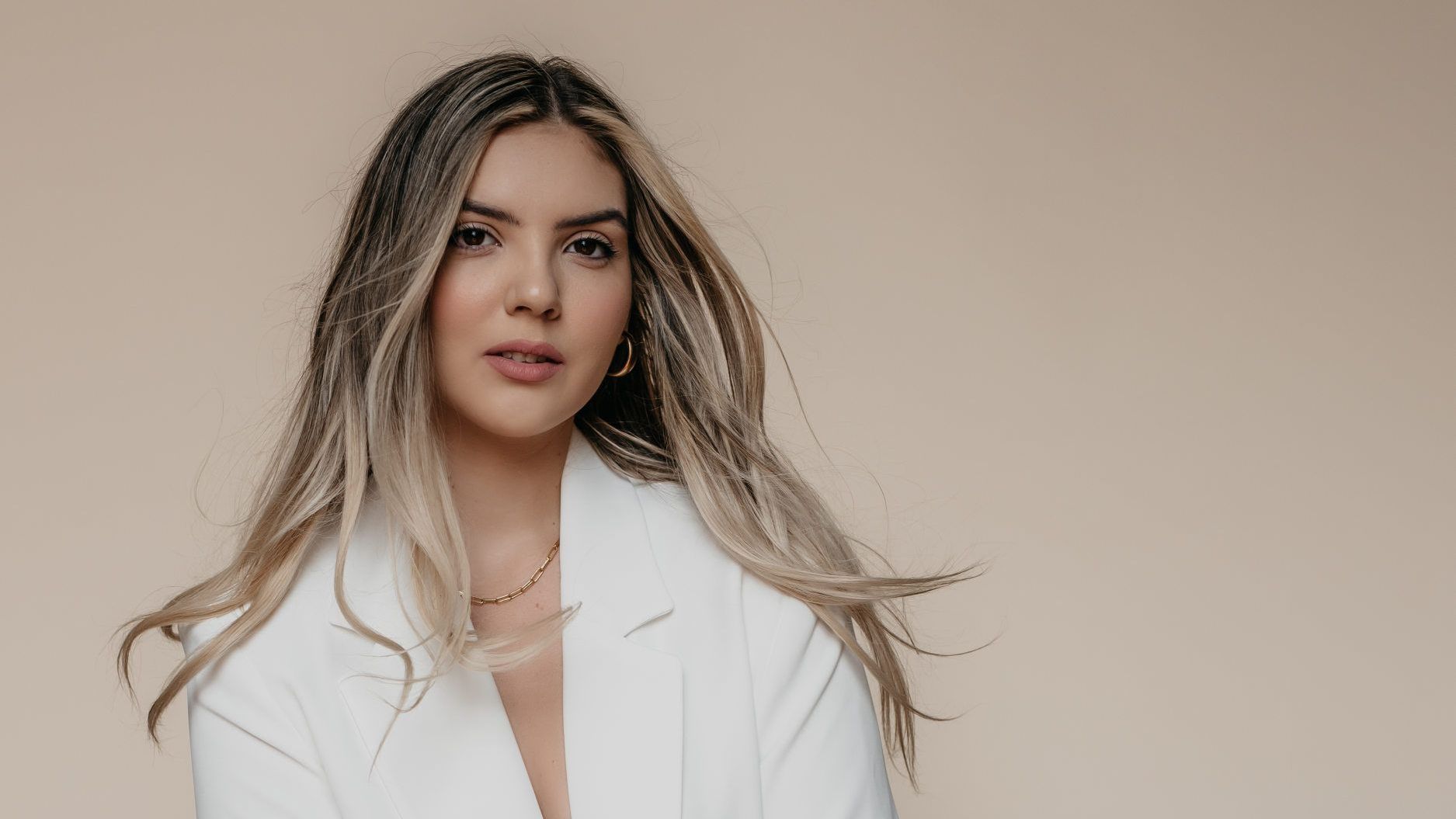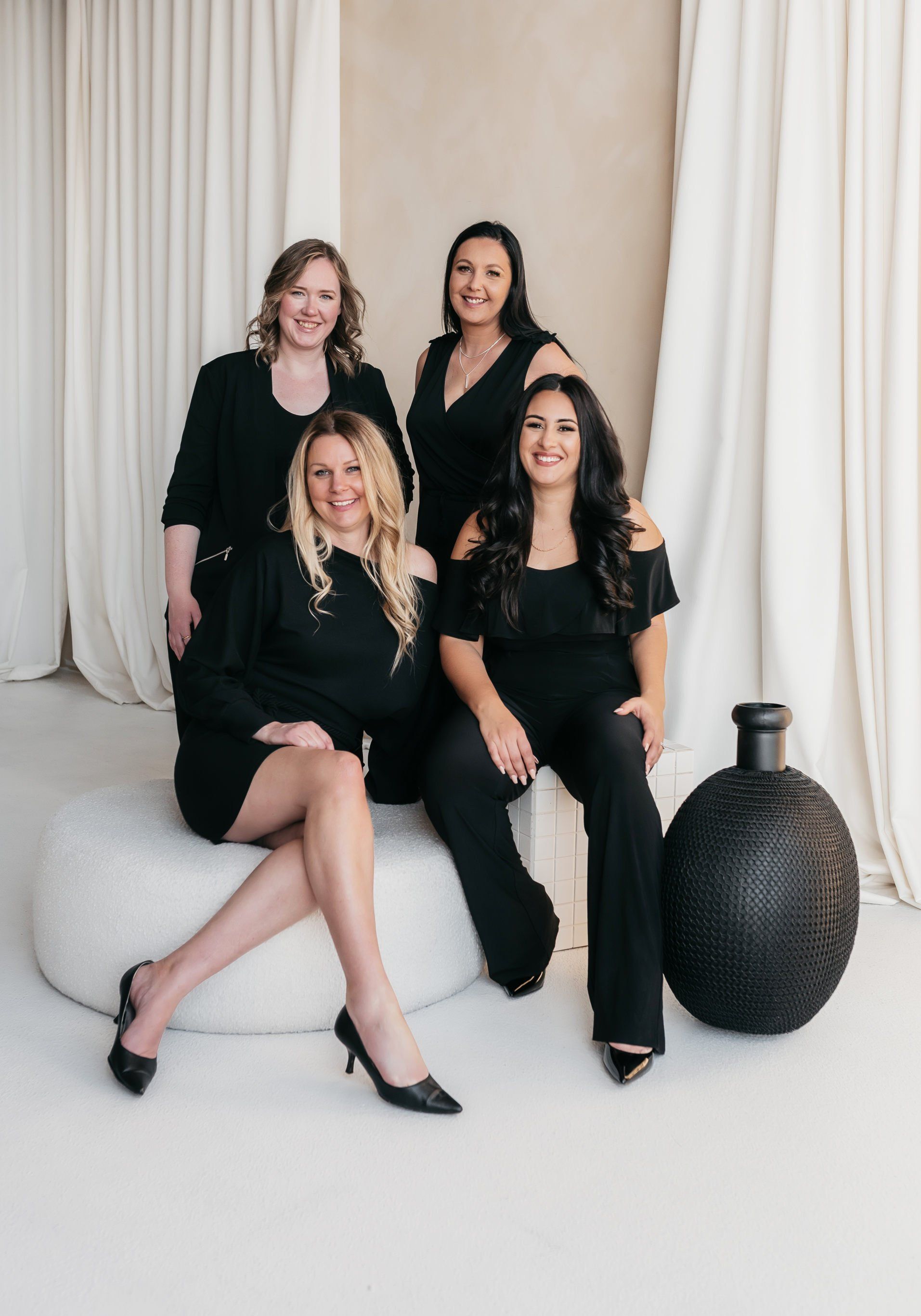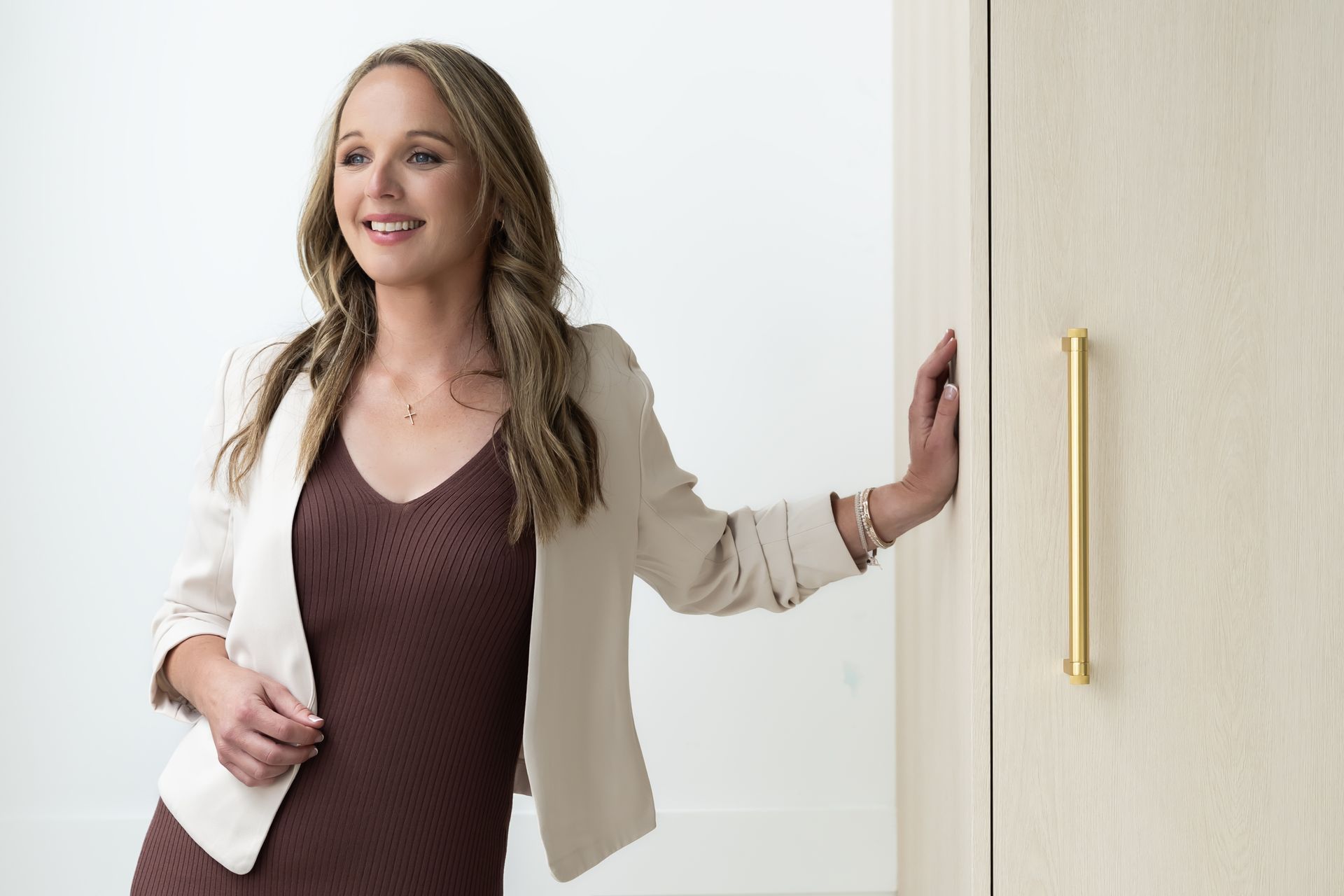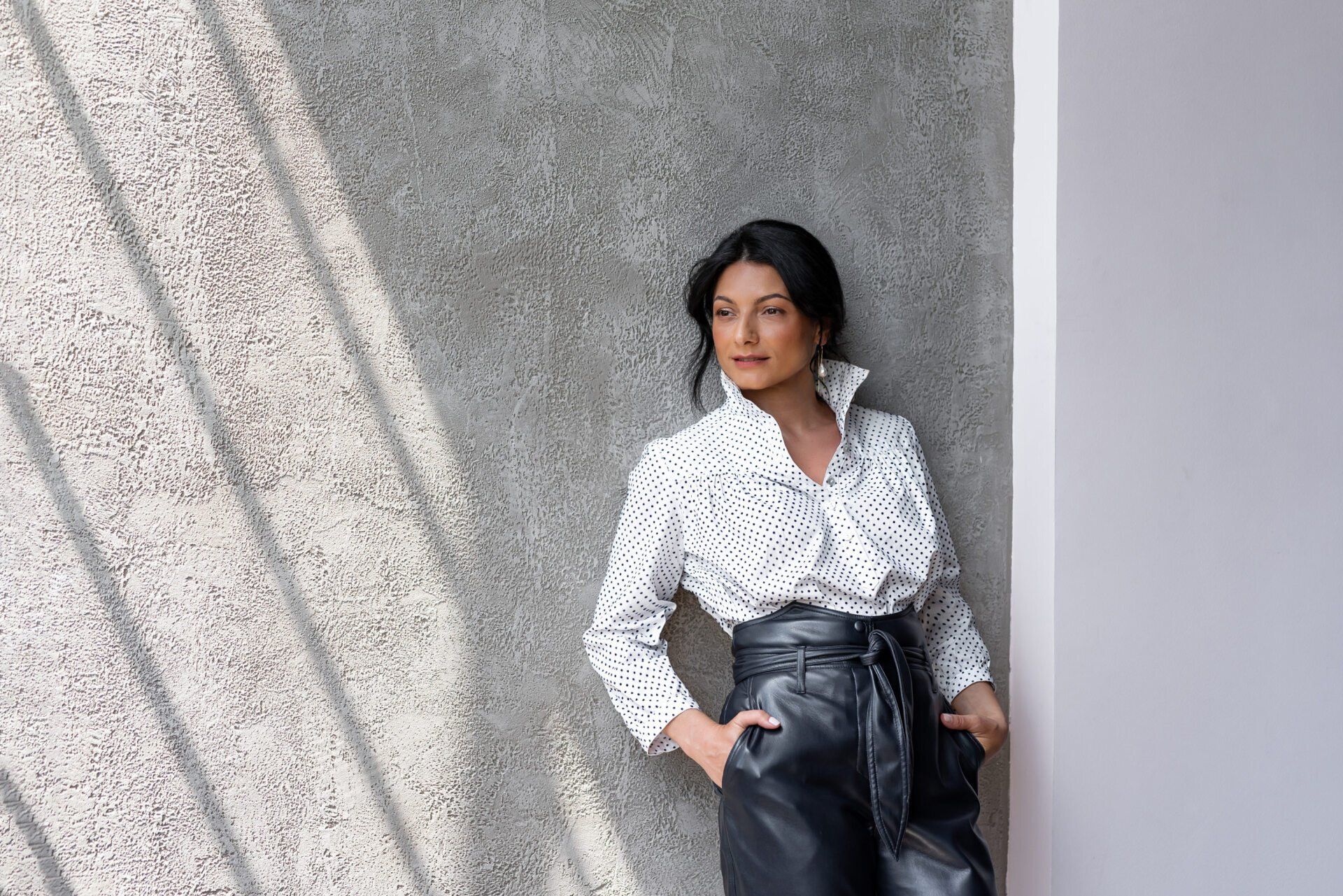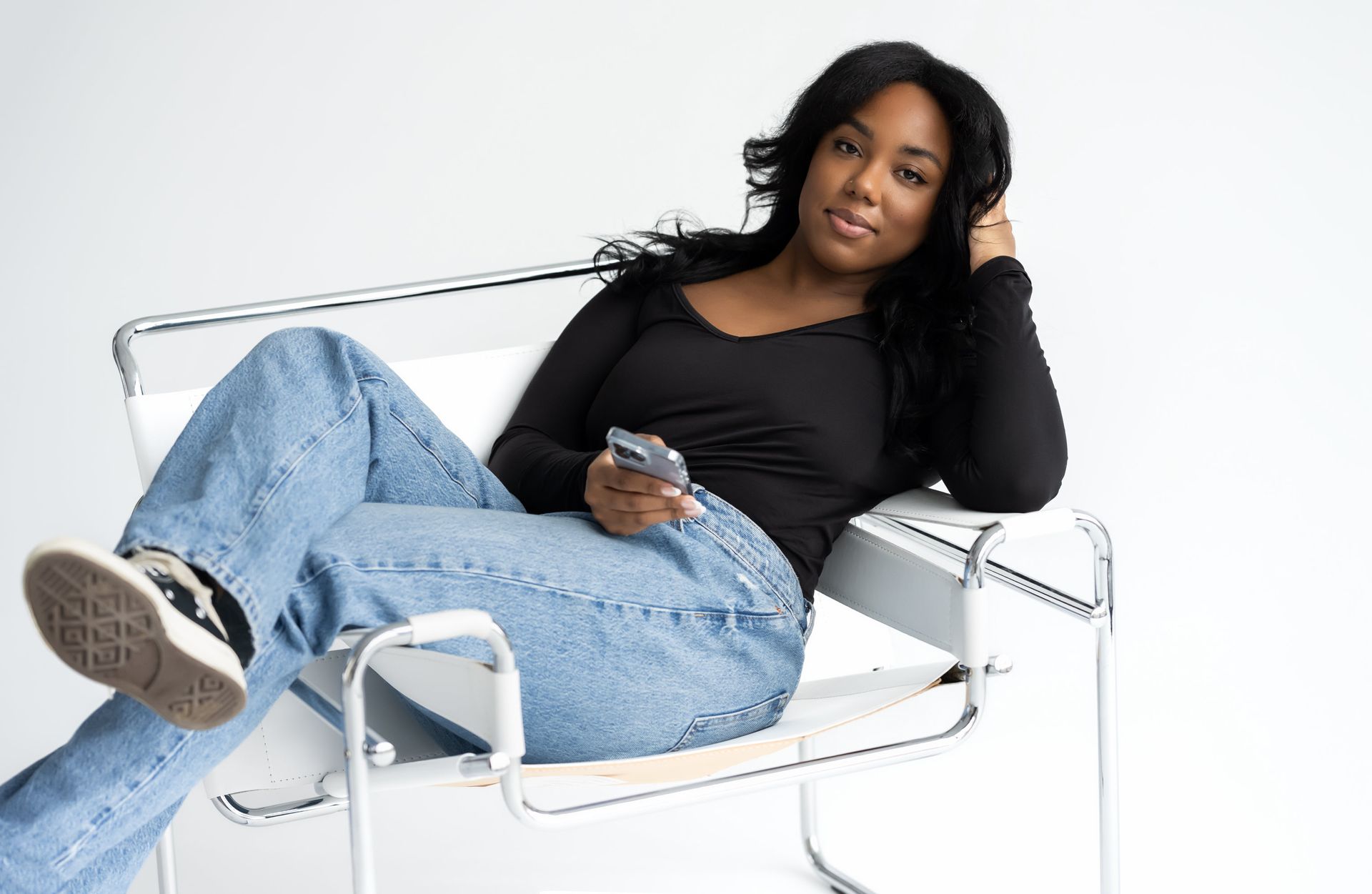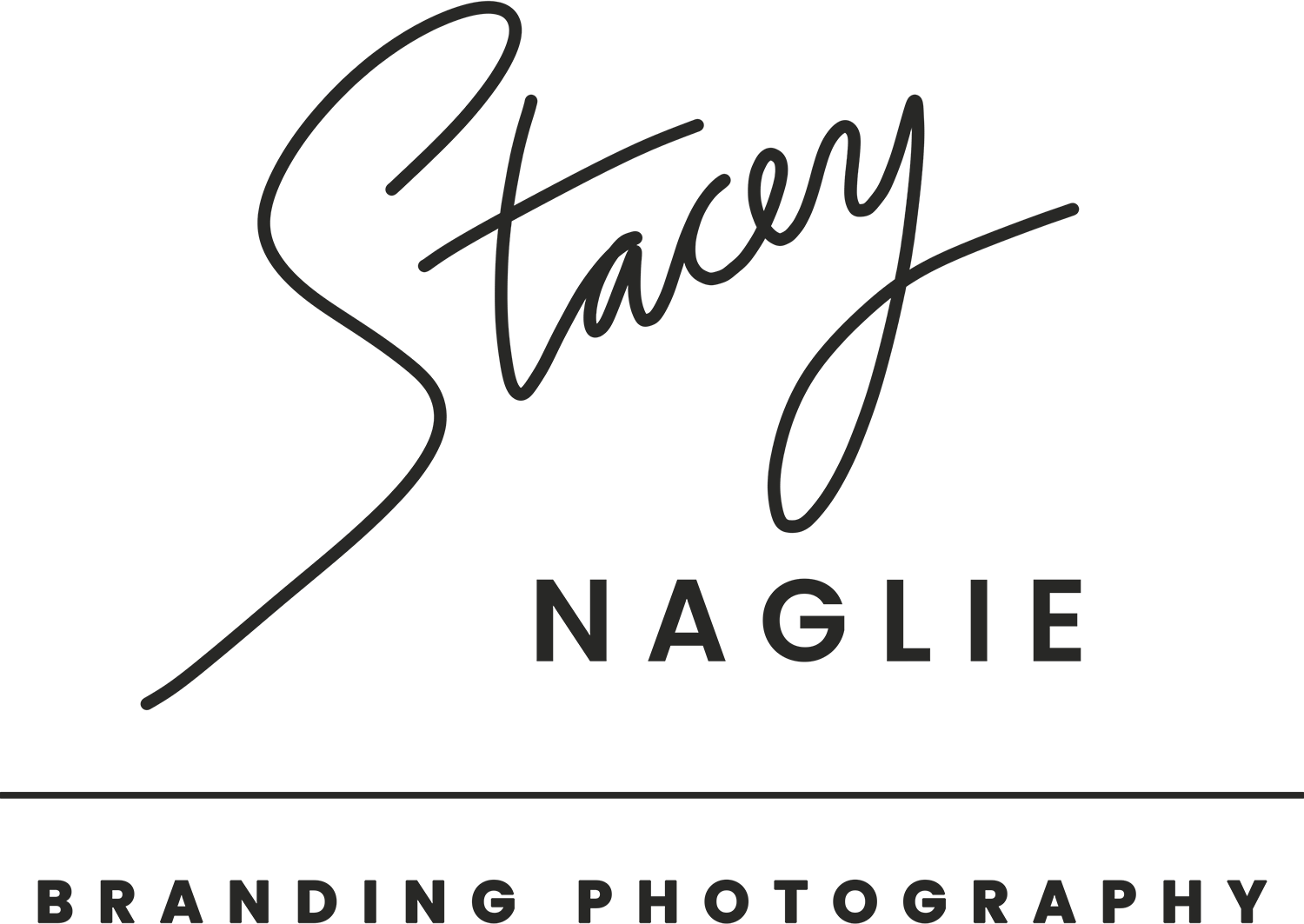How do you choose between headshots and portraits? Knowing what makes them different can help you pick the best style for your goals and elevate your brand. Headshots are about showing your face and helping you connect quickly with your audience. At the same time, portraits reveal more of your personality and story by adding context. The right combination of both styles can create a complete and powerful way to represent yourself and your brand. Let’s explore their characteristics, purposes, and uses to help you decide.
Share this page:
What Are Headshots?
Headshots are essential photos for creating a professional and approachable first impression. They are meant to showcase your personality and confidence while enhancing your personal brand.
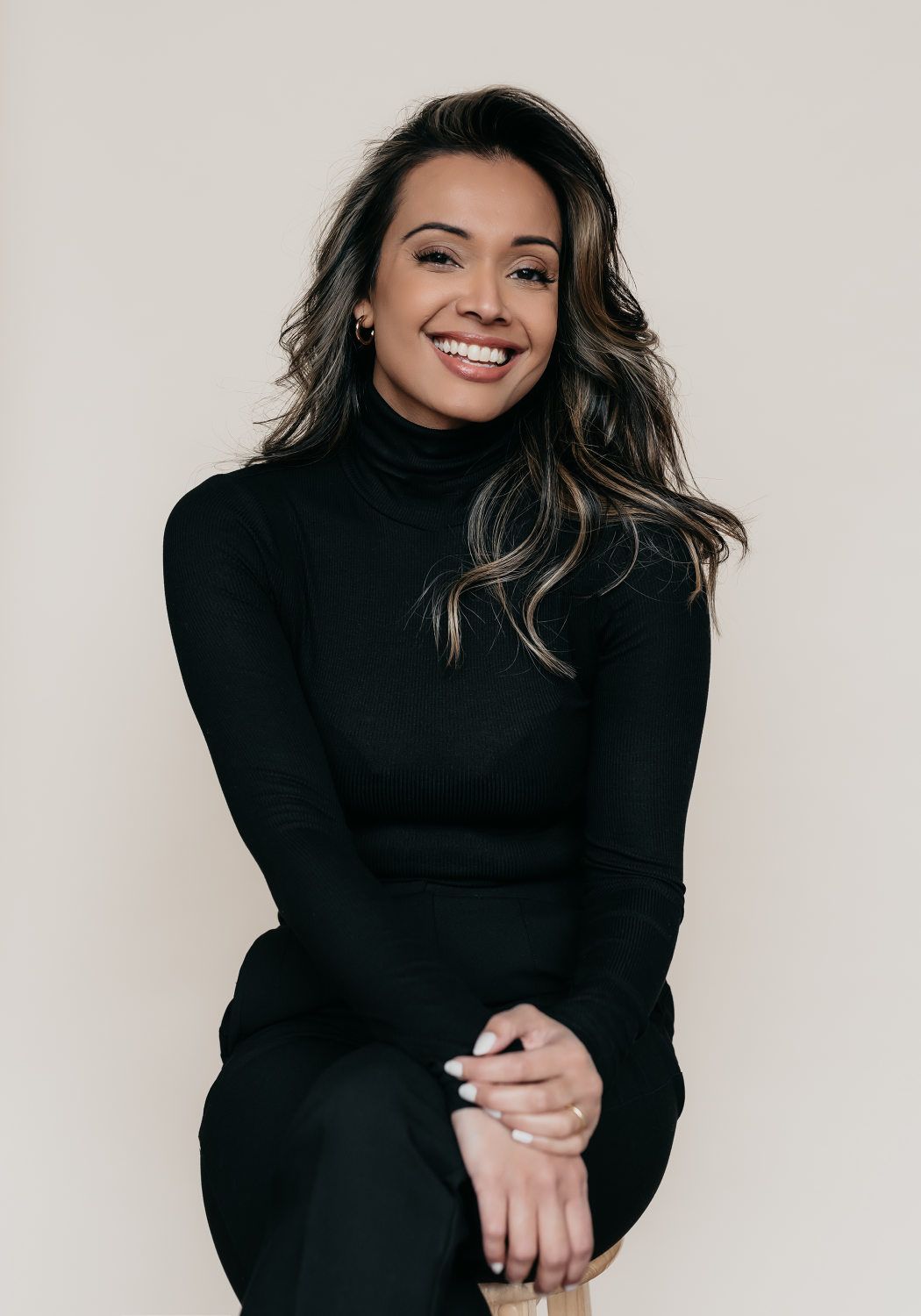
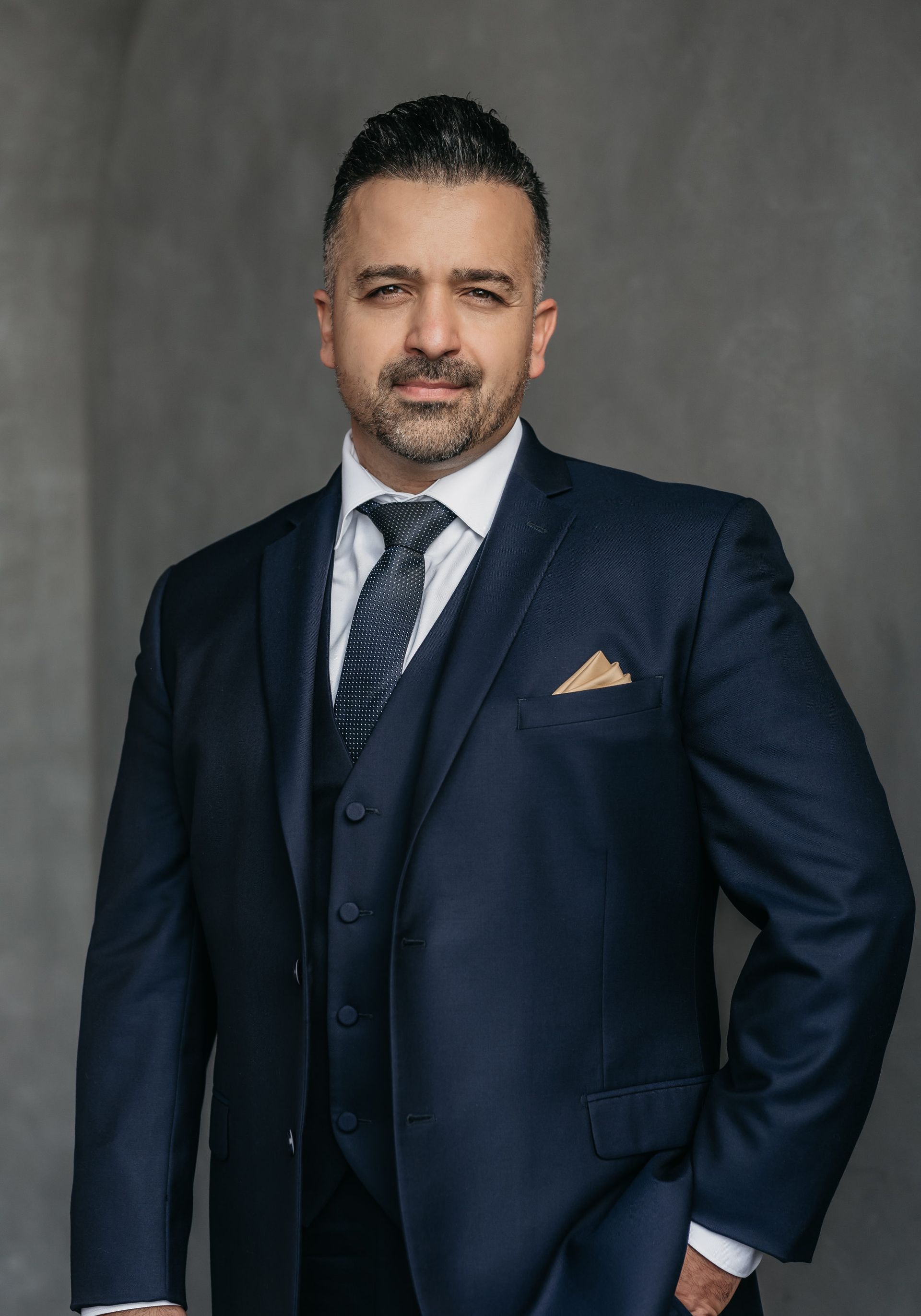
Characteristics
- Headshots focus on your face and shoulders, framing you in a way that highlights your features.
- They use neutral, simple backgrounds to keep the focus entirely on you.
- You'll usually look directly at the camera with a confident, inviting expression reflecting your brand's tone.
Purpose
- Headshots tell the story of your professionalism, making you appear trustworthy, approachable, and confident.
- They establish a visual foundation for your personal brand across professional and public platforms.
Uses
- Use headshots for LinkedIn profiles, business websites, or speaker bios to create a sharp first impression.
- They also help reinforce your expertise, credibility, and trustworthiness.
What Are Portraits?
Portraits elevate storytelling by adding creativity and emotional depth to your brand. They capture your appearance and reveal your true identity and values.
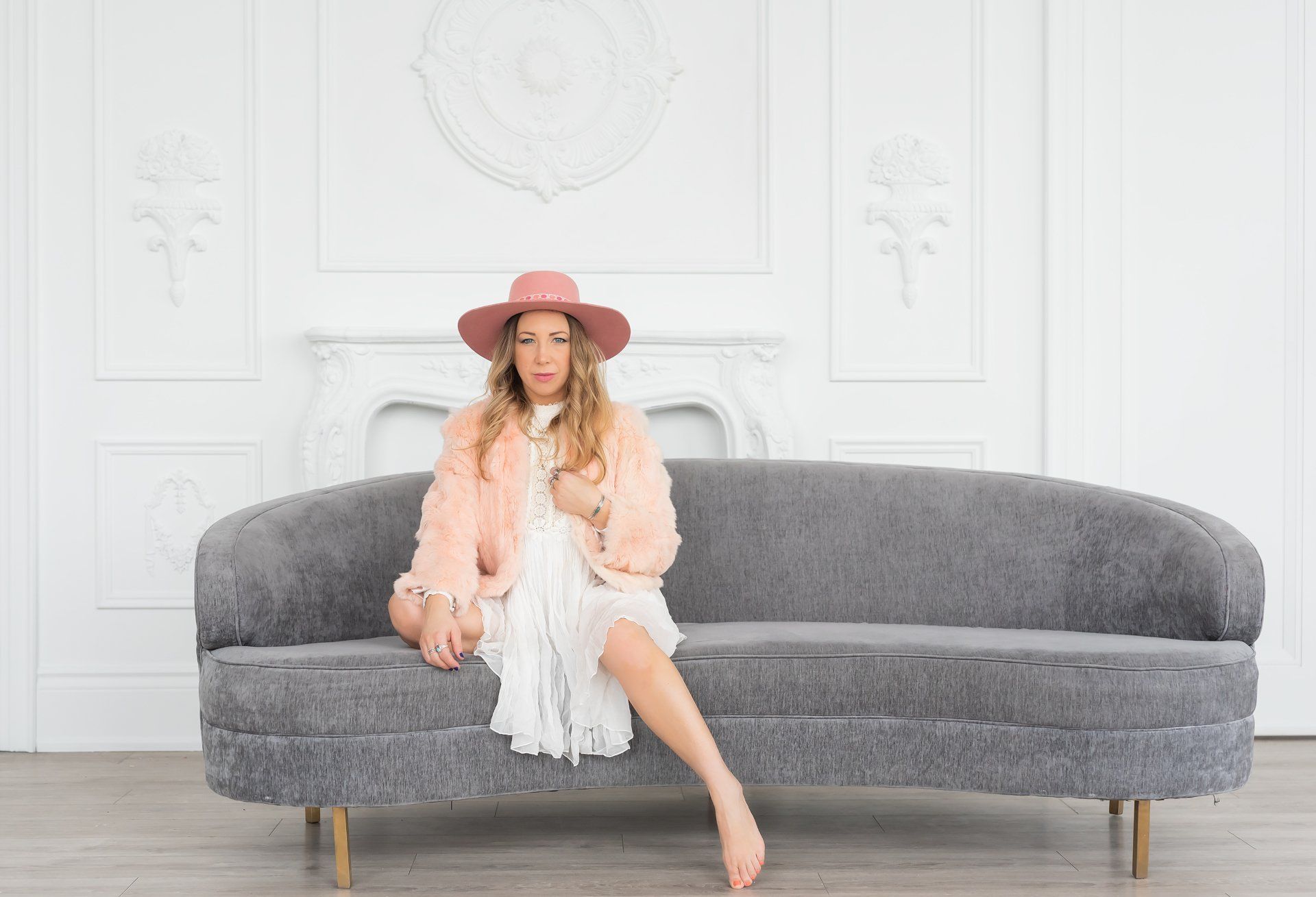
Characteristics
- Portraits give you flexibility, ranging from close-ups to full-body shots, allowing you to highlight your personality uniquely.
- Creative elements such as props, natural poses, or dynamic angles bring more of your story into the frame.
- The backgrounds become part of the narrative, reflecting your work, passions, or lifestyle.
Purpose
- Portraits are a visual way to share your story, showing your personality, values, and what makes you unique. For example, Arnold Newman’s portraits featured at the Art Gallery of Ontario’s Building Icons exhibition show how portraits can tell powerful stories about who you are.
- They position you as relatable, authentic, and multi-dimensional.
Uses
- Use portraits to tell a deeper story on your website, social media, or creative portfolio.
- They're ideal for showcasing your passion and behind-the-scenes moments.
- Portraits can strengthen your brand by aligning visually with your message and values.
Key Differences Between Headshots and Portraits: Comparisons
Thinking about what makes headshots and portraits different can help you choose the best style for your goals. Each serves a unique purpose, whether you're aiming for a polished, professional look or a creative, personal touch.
| Aspect | Headshots | Portrait |
|---|---|---|
| Focus | Emphasizes the subject's face and shoulders. | Can include the entire body or creative elements |
| Environment | Uses neutral or plain backdrops to focus on you | Incorporates the environment to enhance storytelling |
| Emotion | Highlights confidence and professionalism | Add emotional depth and authenticity |
| Purpose | Builds trust and conveys professionalism | Shares a personal story, reflecting identity. |
| Use Cases | Ideal for LinkedIn, business websites, and bios | Perfect for social media, portfolios, and storytelling |
Why Understanding the Differences Matters
Knowing the difference between headshots and portraits can help you get photos that work best for your goals. Here's why it matters:
- Clear Communication with Your Photographer: When you know what you want, it's easier to explain it. Whether you need a professional headshot or a creative portrait, being clear helps your photographer bring your vision to life.
- Getting the Right Results: Choosing the wrong style can send the wrong message. For example, an artistic portrait might not fit LinkedIn best, where a professional headshot works better.
- Making a Strong Impression: Different styles fit different situations. Headshots help you look professional and consistent, while portraits add personality and help you connect with your audience.
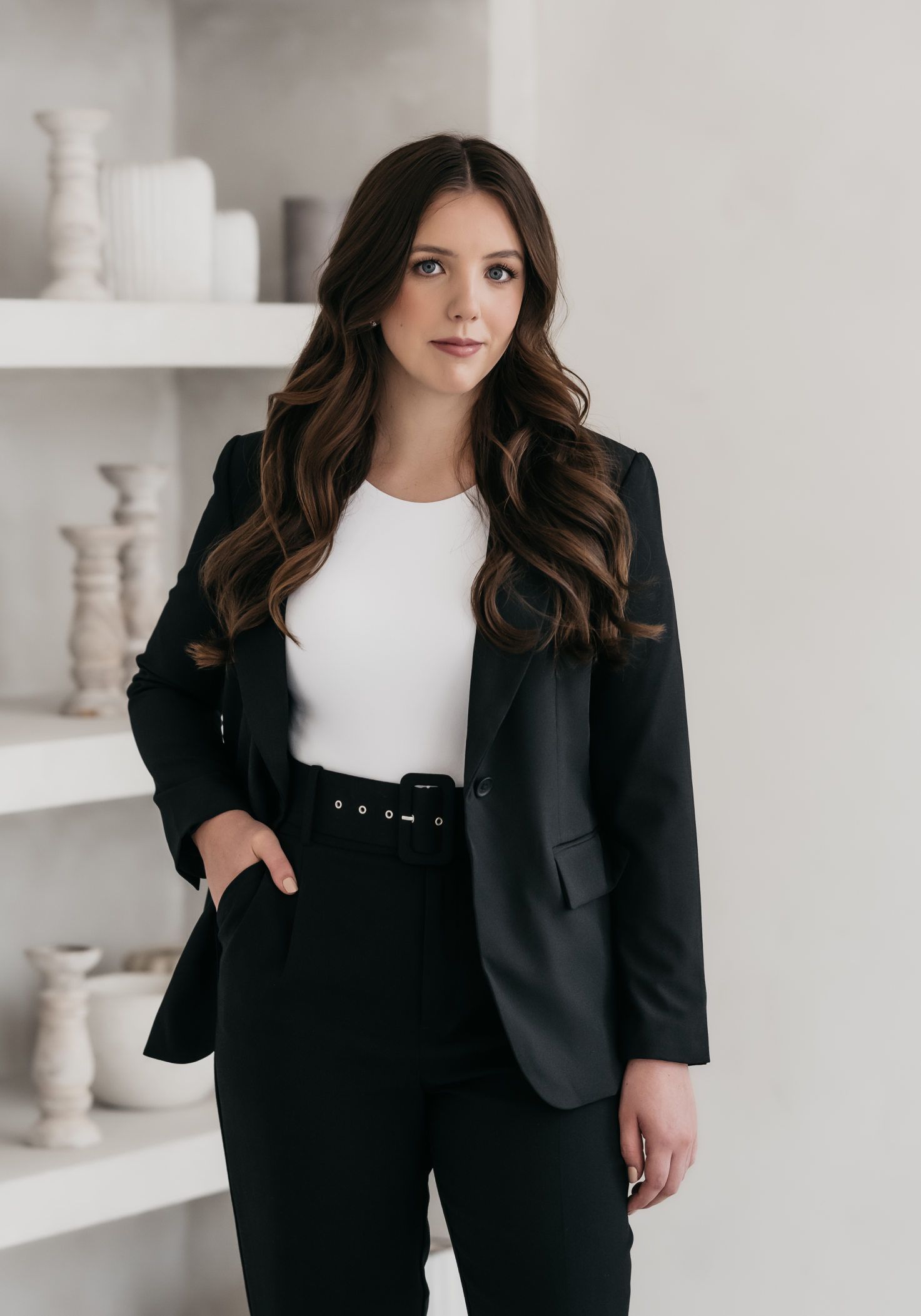
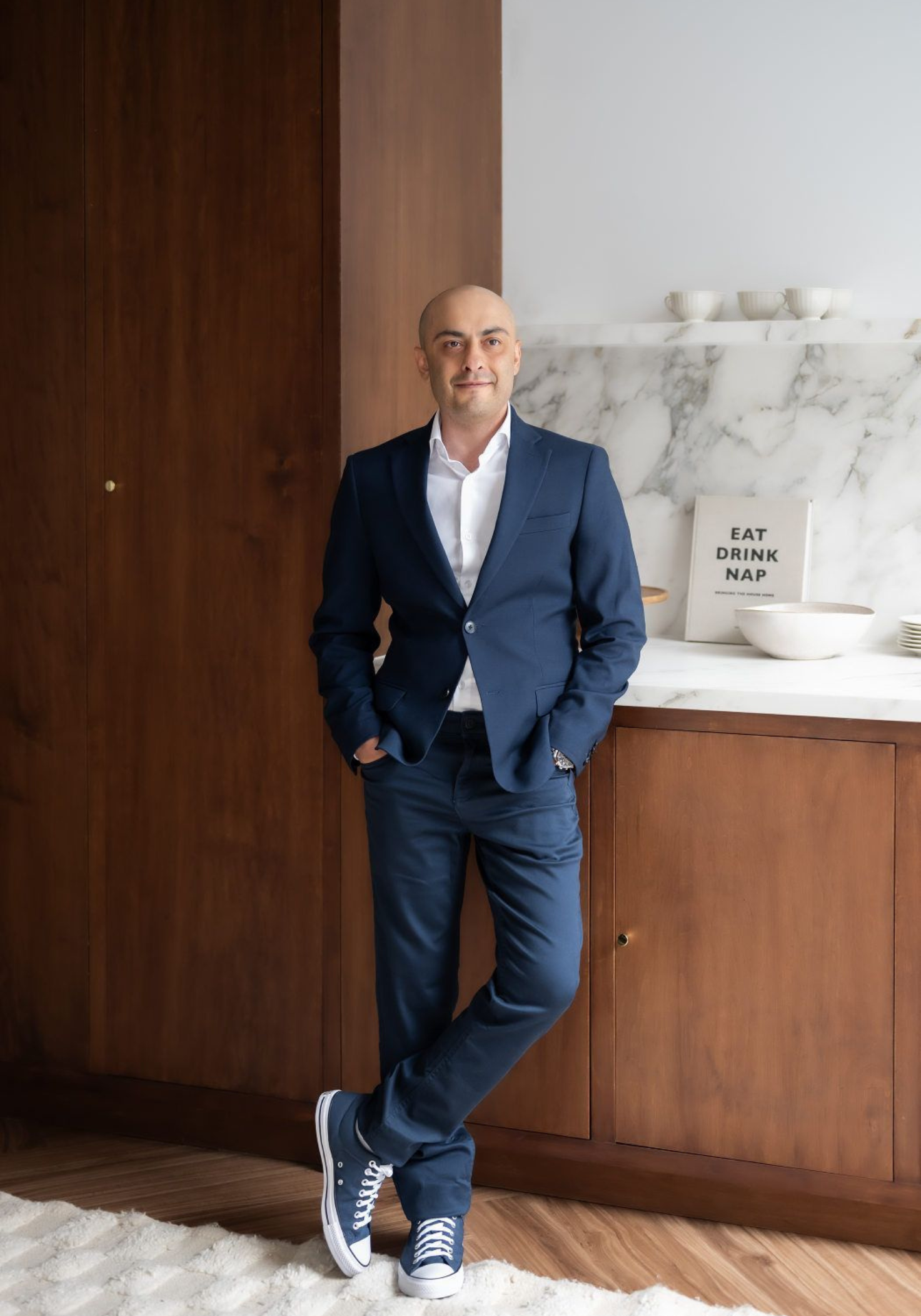
Which Should You Choose? Factors to Consider Based on Goals and Needs
Choosing between headshots and portraits depends on your goals for connecting with your audience and the message you want to share. Here are some things to think about when making your choice.
- Purpose: Are you aiming to establish professionalism or tell a more personal story? Headshots work best for LinkedIn profiles, business websites, or conference bios, where a confident and trustworthy image is key. Portraits are ideal for showcasing your creative side or adding depth to your brand through social media or a portfolio.
- Emotion: What tone do you want to project? Headshots focus on approachability and confidence, making them perfect for formal contexts. Portraits allow for more creative freedom, capturing a wider range of emotions to tell your story in a relatable and authentic way.
- Background: Do you need a simple, distraction-free setting or a backdrop that adds context? Headshots typically feature clean, neutral backgrounds to emphasize your face. In contrast, portraits incorporate your surroundings to reflect your personality, work environment, or lifestyle.
ARE YOU READY TO DISCOVER THE POWER OF PROFESSIONAL HEADSHOT PHOTOGRAPHY?
Elevate your personal brand with photos that reflect your professionalism and personality. Whether you need a polished headshot or a creative portrait, we’ll help you stand out. Explore our galleries to discover the power of professional headshot photography to make a lasting impression.
Share this page:

